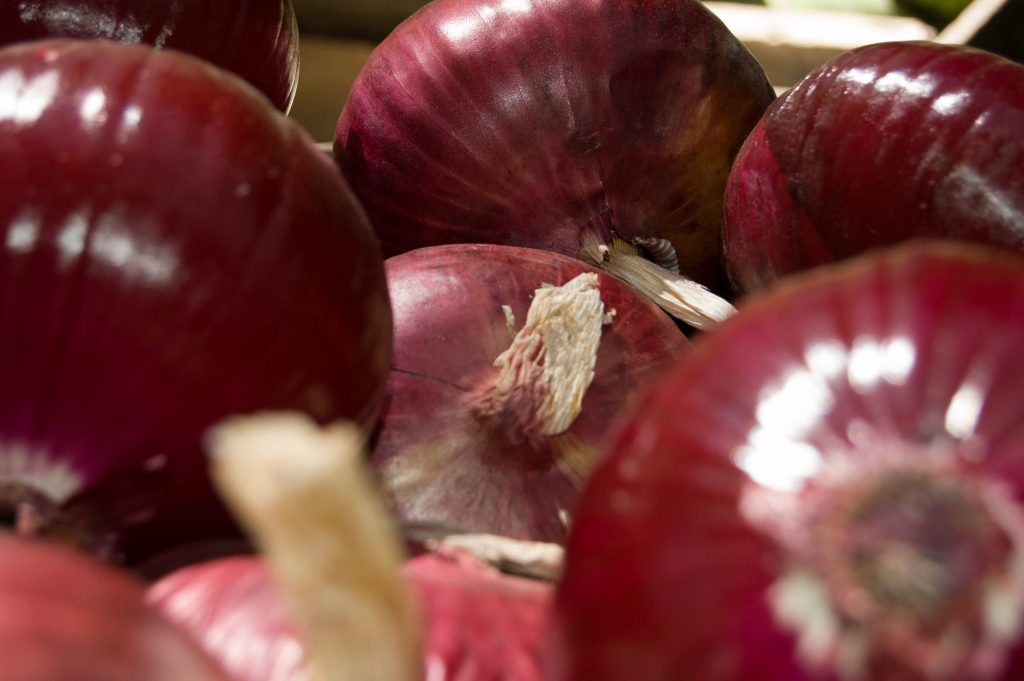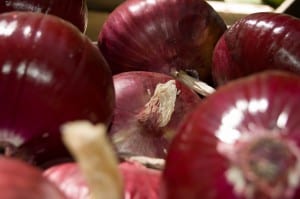The U.S. Food and Drug Administration (FDA) has released a report on the largest Salmonella outbreak in more than 10 years. Federal and state agencies investigated the outbreak between June and October 2020. The outbreak stemmed from red onions sourced from the Southern San Joaquin Valley and Imperial Valley. While no deaths were reported, more than 1600 cases of illness were recorded in the U.S. and Canada with 167 hospitalizations.
“Eleven of the environmental subsamples tested positive for various types of Salmonella Newport; however, none matched the outbreak strain. Although a conclusive root cause could not be identified, the FDA’s leading hypothesis is that contaminated irrigation water used in a growing field in Holtville, California may have led to contamination of the onions,” FDA Deputy Commissioner for Food Policy and Response, Frank Yiannas said in a press release. “Considering these findings, the FDA encourages all produce growers to assess risks that may be posed by adjacent and nearby land uses, especially as it relates to the presence of livestock and the interface between farmland, rangeland, irrigation water, and other agricultural areas.”
The Salmonella outbreak was the first time that whole red onions had been associated with a foodborne illness outbreak. A total of nearly 2,000 subsamples were testing during the investigation. One sediment and 10 water subsamples collected near one of the growing fields were positive for Salmonella.
The traceback investigation and subsequent on-site investigation found multiple areas where contamination could have occurred. Visual observations indicated sheep grazing on adjacent land or animal intrusion could have spread the contamination. Areas of the packing process also posed a potential risk for contamination, including animal and pest intrusion and food contact surfaces. The company responsible for producing the contaminated onions cooperated with the FDA throughout the investigation and continues to work with the agency with its recommendations.











